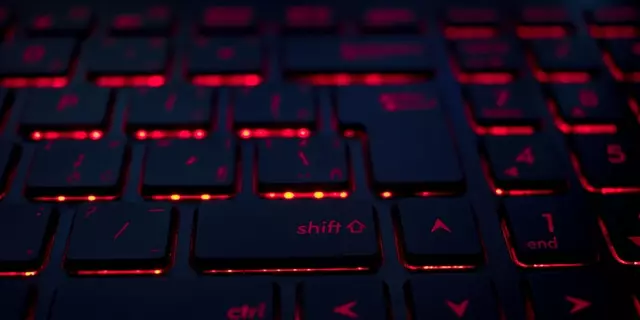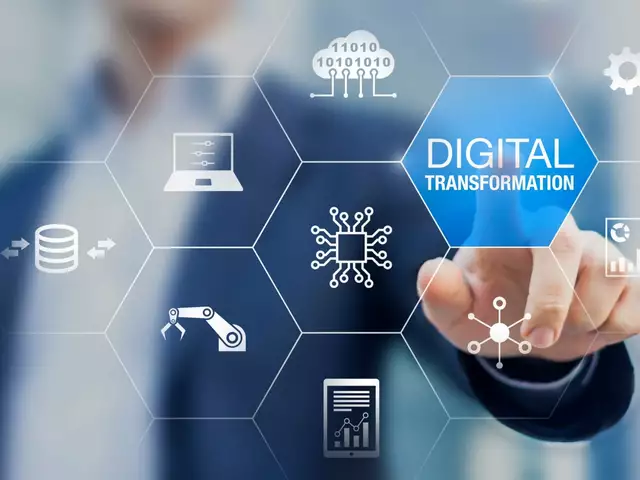Early Adoption of Technology in Education
My journey into the history of technology in the classroom begins in the early 20th century. It was during this era that technology first started making its way into education. The school slate was perhaps the earliest form of technology used in classrooms, a simple tool that allowed students to practice writing and arithmetic. The late 19th and early 20th centuries also saw the introduction of the chalkboard, a revolutionary tool that allowed teachers to share information with the whole class simultaneously. Despite these advancements, technology was still primarily used as a tool to facilitate traditional teaching methods.
The Arrival of Audio-Visual Aids
Fast forward to the 1920s and 1930s, the era when audio-visual technology started to infiltrate the classroom. It was during these decades that overhead projectors, radios, and film projectors were introduced. These tools were seen as an effective way to engage students and enhance the learning experience. Radio, in particular, was used to broadcast educational programs and lessons to schools across the country, providing access to quality education for students in remote areas. The use of film projectors also became popular, allowing teachers to use movies and documentaries as teaching aids.
The Computer Revolution
Then came the 1960s and 1970s, the era of the computer revolution. It was during this period that computers started to become commonplace in schools. In the early days, computers were used primarily for administrative purposes, such as managing student records and processing grades. However, by the late 1970s, computers started to be used as instructional tools. This was made possible by the development of educational software programs that were designed to facilitate learning in a variety of subjects, from math and science to reading and writing.
The Internet Age
The 1990s marked the beginning of the Internet age. With the advent of the World Wide Web, the Internet quickly became an invaluable tool for teaching and learning. Teachers started using the Internet to find resources and materials for their lessons, while students used it for research and to access educational websites. The Internet also paved the way for the development of online learning platforms, enabling students to learn at their own pace and on their own time.
The Digital Era
Today, we are living in the digital era. Technology is now an integral part of the classroom. We have interactive whiteboards, tablets, and smartphones that facilitate interactive learning. Even traditional chalkboards and textbooks are being replaced by digital equivalents. Moreover, the rise of virtual reality and augmented reality technologies are promising to revolutionize the way we learn, providing immersive and engaging educational experiences. Despite the challenges that come with integrating technology into the classroom, it is clear that technology has transformed education for the better.






